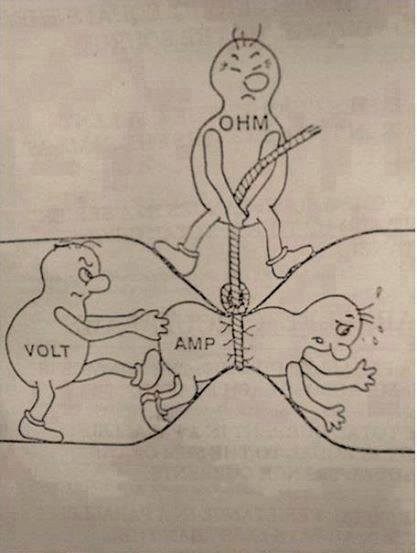

What is the unit of current and voltage?Īns. Radian per ampere is the SI unit of current sensitivity. It is capable of detecting very small currents, up to a few microamperes. It is an accurate current measurement tool.

It is frequently used in variable resistor and bridge circuits to exhibit minute deflections. Low currents can be found and measured using a galvanometer.

Unit of Current Sensitivity Current SensitivityĬurrent sensitivity is the amount of deflection a galvanometer coil experiences in response to a given amount of electric current flowing through it. An active component or circuit will have a gain more than one (greater than zero dB), which is amplification, whereas a passive circuit will have a gain less than one.

When expressing it, the logarithmic decibel (dB) units are frequently used (“dB gain”), hence it is the Unit of Current Gain. It is often described as the mean difference between the output port’s signal amplitude or power and the input port’s amplitude or power. Gain in electronics refers to a two-port circuit’s capacity to boost a signal’s power or amplitude from the input to the output port by incorporating energy from a power source. Unit of Current DensityĮlectric current density is expressed in amperes per square metre in SI base units, hence it is the Unit of Current Density.įorce Formula Physics- Definition, Examples For Class 10 Unit of Current Gain Current Gain A vector whose magnitude is the electric current per cross-sectional area at a certain location in space and whose direction is determined by the mobility of the positive charges there is known as the current density vector. The quantity of charge that moves across a unit area of a selected cross section in a unit of time is referred to as the current density in electromagnetism. Semiconductors-Types, Examples, Material, Properties, Uses Unit of Electric Current Density Current Denity The ohm (Ω) unit of measurement for resistance. The ampere, or amp, is the unit used to measure current (A). The volt is the unit used to measure voltage (V). SI Unit of Current, Resistance, and Voltage Mechanical friction and electrical resistance have some conceptual similarities. Electrical conductance, which measures how easily an electric current moves, is its reciprocal quantity. Electric ResistanceĪ measurement of an object’s resistance to the flow of electrical current is called its electrical resistance. Volt is the name of the voltage-derived unit in the International System of Units. It translates into the amount of work required to transfer a test charge between two places in a static electric field. The difference in electric potential between two places is known as voltage, often referred to as electric pressure, electric tension, or (electric) potential difference. Electromagnetic waves produced by time-varying currents are utilised in communications to transmit information. They result in Joule heating in conventional conductors, which lights up incandescent light bulbs. Magnetic fields are produced by electric currents and are applied in motors, generators, inductors, and transformers. It is determined by assuming that the elementary charge, e, has a fixed numerical value of 1.602 176 634 x 10 -19 when expressed in the unit C, which is equivalent to the second in terms of ΔvCs. Unit of Current: Electric current is measured in a SI unit known as an ampere, hence Unit of Current is Ampere or A. The net rate of electric charge flowing through a surface or into a control volume is how it is calculated. SI Unit of Current, Resistance, and VoltageĮlectric Current: A stream of charged particles, such as electrons or ions, travelling through an electrical conductor or a vacuum is known as an electric current.NCERT Solutions Class 10 Social Science.NCERT Solutions For Statistics Class 11.


 0 kommentar(er)
0 kommentar(er)
